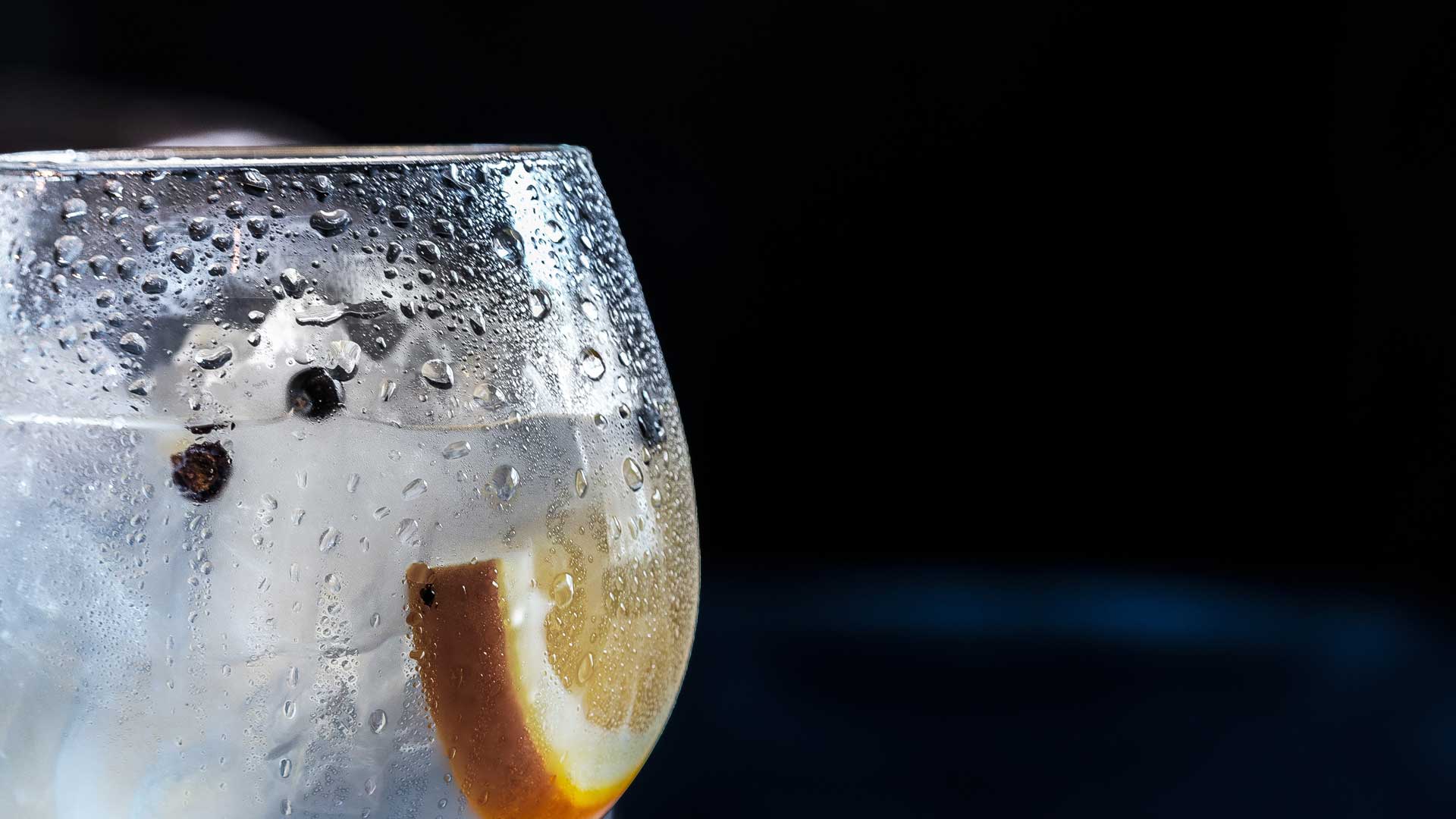They look like similar drinks, but you can tell them apart by their taste, whether enjoyed neat or mixed in a cocktail. They tantalise and refresh the taste buds, and flow with fizzy delight from palate and throat. Whether the bubbles are dense and smooth or large and assertive, when it comes to giving a cocktail some “sparkle”, the difference between soda, seltzer and tonic water is mostly a question of flavour.
What is Soda?
Cocktail lovers dress it up by calling it soda, but it’s nothing more than very sparkling carbonated water with a mineral-like flavour thanks to the addition of potassium, sodium bicarbonate or potassium sulphate.
It does have a distinguished history, though, which stretches back to the 1750s when French chemist Gabriel François Venel first produced a drinkable sparkling water. But he wasn’t the only one: a few years earlier, William Brownrigg and Henry Cavendish had already achieved similar results.
It was in 1767, however, that Englishman Joseph Priestley managed to mix carbon dioxide (CO2) with water in a jug placed over a fermenting beer vat. After successful experimentation, soda became a privilege for the rich and began to be drunk “neat” or mixed with liqueurs and spirits, such as whisky, because it didn’t cover their taste. And its fortunes didn’t end there.
In the early 20th century, it began to be increasingly served in bars. Today, along with CO2 and other minerals, it can be found with sodium citrate, sodium phosphate and occasionally sodium chloride, which are added to make the soda more or less “salty”.
What is Seltzer Water, or Simply Seltzer?
Seltzer is neutral like Switzerland. The mineral part is there but you can hardly taste it. But more than in the Swiss Confederation, seltzer’s origins lie in neighbouring Germany. Indeed, the word “seltzer” comes from Selters, a small German town north of Stuttgart, known for its naturally effervescent carbon dioxide-rich mineral water called Selterswasser.
Given its “placid” nature, seltzer is considered the simplest drink between tonic water and soda, because it consists of plain water with CO2 added inside a hermetically sealed siphon. Due to its neutral profile, it is sometimes flavoured with natural fruit oils and essences, but is always freshly prepared.
What is Tonic Water?
With just the right amount of fizz, tonic water stands out with its more or less pronounced bitter flavour. This quality makes it indispensable for accentuating the flavours and enhancing the notes of certain spirits such as gin, scotch or vodka. Consisting of water with added CO2, sugar and natural flavourings, including a small percentage of quinine, tonic water can be recognised by its distinctive tangy zing that becomes tempered in drinks.
The Origins of Tonic Water
Tonic water has an age-old and illustrious history. In the 18th century, it was used as a prophylactic against malaria in the colonies of India and Africa by mixing water with high doses of quinine. It was then added to spirits to mask its bitterness and make it a more drinkable “medicine”. It’s said that this is the origin of the gin and tonic, a simple-to-make drink with a timeless taste.
Over time, tonic water has become increasingly popular with the addition of sugar, or the total absence of sugar in “light” versions. In a booming market, there’s an ever-increasing number of tonic water brands to choose from, each distinguished by their flavour, composition and production processes.
Now you know the difference between soda, seltzer and tonic water, you’ll be able to see their fizz for what it is!






